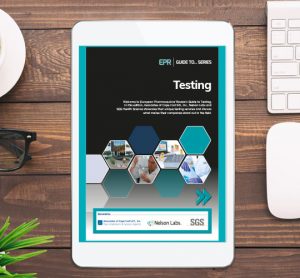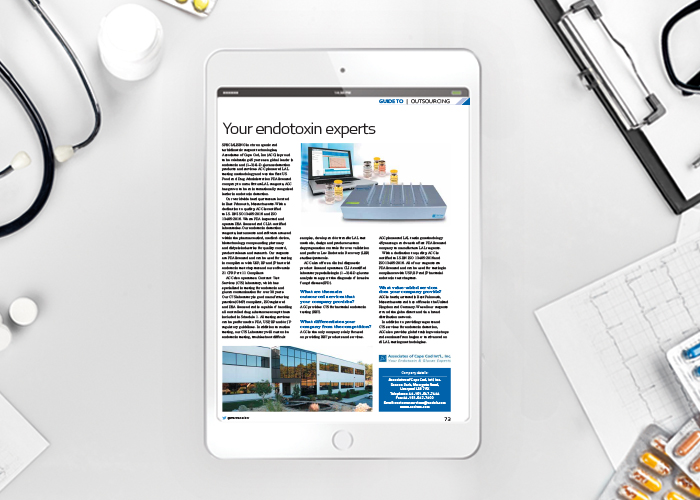European Pharmaceutical Review Issue 4 2021
In our latest issue, features explore the use of nano formulations to improve skin and nail drug delivery, how to take cell and gene therapies from concept to commercialisation and what strategies you can use to overcome interfering factors in LAL bacterial endotoxin testing. Also in this journal, find out…


































